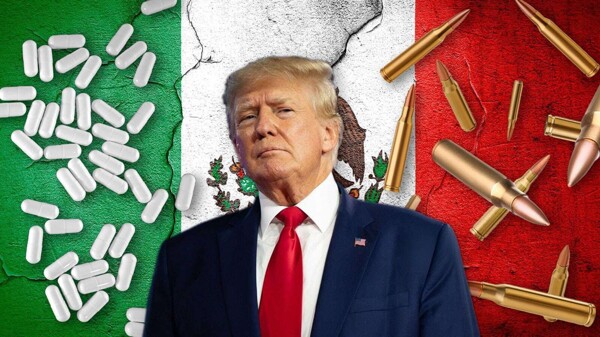
The question of whether it is bad for a country to present a deficit in its balance of payments arises in International Finance classes. In this sense, if this deficit implies an imbalance in the current account and foreign investment in the country, then it is not necessarily negative. On the contrary, it can be interpreted as a contribution from other countries to the productive capacity of the country in question.
On the other hand, for more developed economies, revenues from dividends and interest are more relevant aspects than a possible deficit in the trade account. From the perspective of the National Accounts of Income and Product system, a deficit in the trade balance means that the country is investing more than it is saving.
In September 2024, the trade deficit significantly reduced to USD$ -68,510, but by December of the same year, it increased again to USD$ -98,431. Despite the figures, the idea that the lack of local production in a country could negatively affect job generation is more concerning. While low unemployment rates, such as those recorded in the United States in 1952 and 1953, may seem positive, it is important to consider the economic reality and the opinion of entities such as the Federal Reserve.
In the case of the United States, in February 1992, the trade deficit was only USD$ -831 million. However, the possibility of maintaining a balance in trade between countries is unrealistic, according to experts from the FED. This would only be viable if the economy were in a solid position from the outset.
It is relevant to note that a deficit in the trade balance is not necessarily indicative of a weak economy. If the economy is booming and domestic demand exceeds local supply, importing more than exporting can be a positive sign. Additionally, factors such as future dividend payments abroad or the need to import to meet domestic demand are aspects to consider when analyzing a country’s trade deficit.
In summary, it is essential to understand the economic context and the real implications of a deficit in the trade balance before considering it negative. This phenomenon can be part of an investment and economic growth strategy that benefits the country in the long run.














